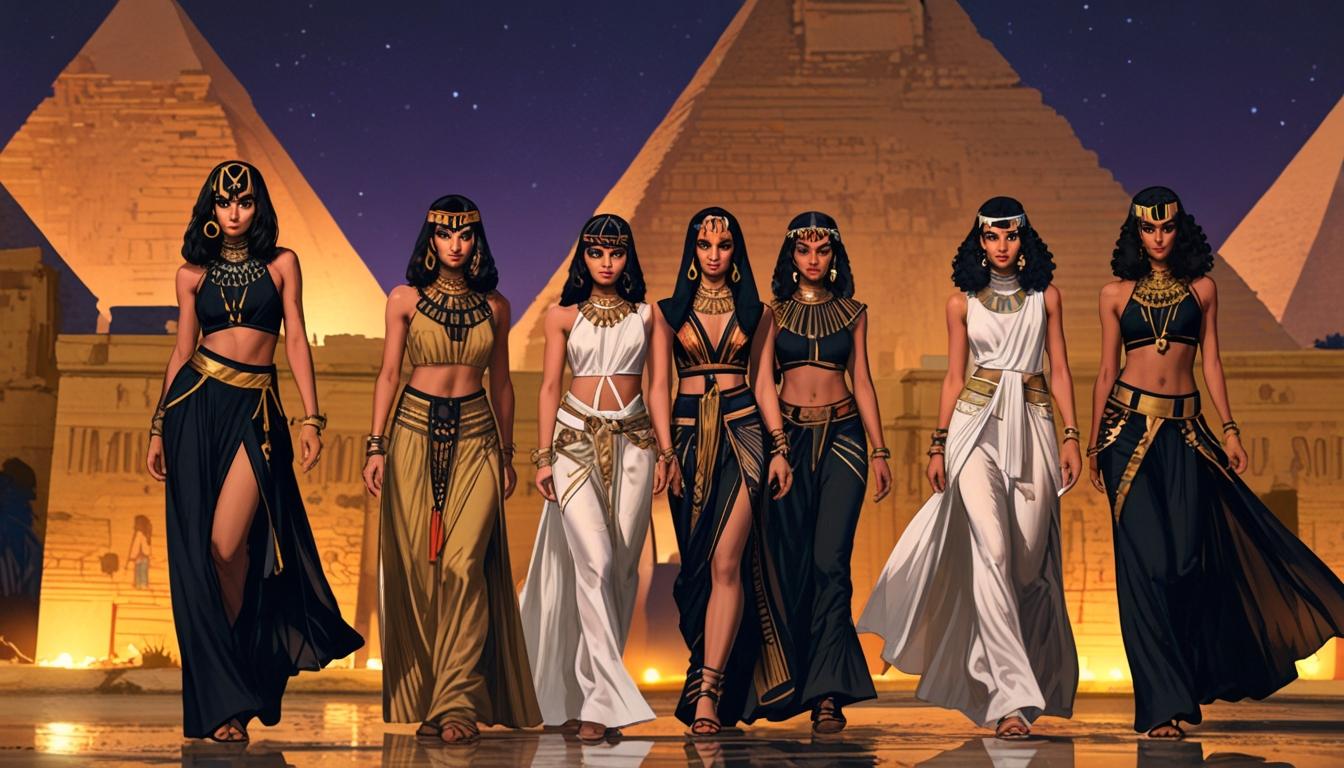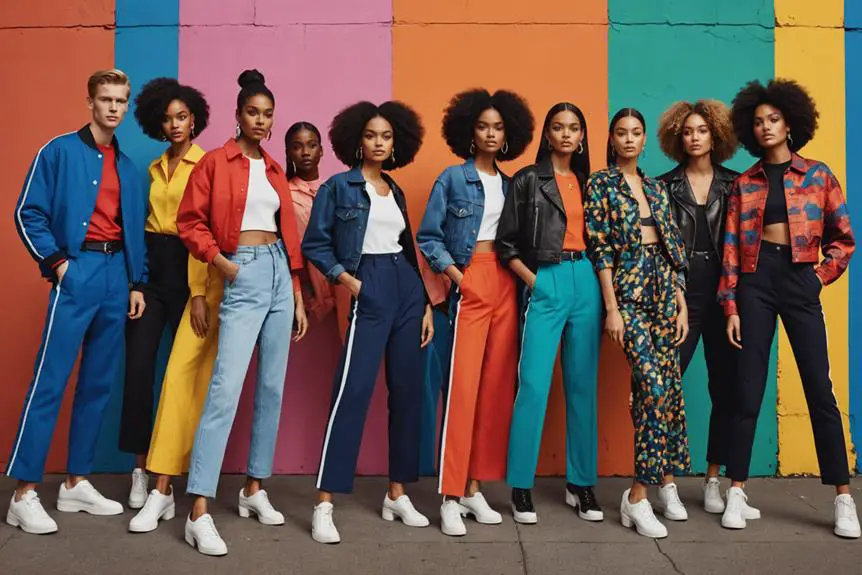Egypt is evolving as a key player in the fashion sector, blending rich cultural heritage with modern design, despite facing challenges in competing with established multinational brands.
Egypt, a country known for its rich cultural heritage and unique long-thread Egyptian cotton, is emerging as a promising destination for fashion design and high-end garment manufacturing. With a history that intertwines influences from ancient Egyptian pharaohs to modern Western styles, the local fashion industry remains in its developing stages, as noted by Susan Thabet, founder of the Egyptian Fashion & Design Council (EFDC). In a conversation with Forbes in June 2024, Thabet remarked, “Most designers rush to start their own businesses… which makes building a sustainable business and expansion very difficult.”
Despite these challenges, the demand for high-quality fashion in Egypt is growing, particularly with the rise of multinational fashion companies looking to establish factories in the country. Competitors from China and Turkey are putting pressure on the local industry to enhance its competitiveness, scalability, and appeal to broader markets.
The influence of Egypt’s rich motifs has not gone unnoticed on the global stage. High-profile fashion houses such as Christian Dior and Chanel have drawn inspiration from Egypt’s history for their collections. Dior’s 2004 Couture show, led by then-art director John Galliano, famously featured designs that evoked ancient Egyptian aesthetics, while Chanel’s 2018/2019 collection utilized a reconstructed pharaonic temple during its presentation at the New York Metropolitan Museum. Additionally, renowned Lebanese designer Zuhair Murad tapped into Egypt’s historical allure for his 2020 spring collection, stating in Vogue at the time, “I decided to go back in history, especially in this place and time because pharaohs were so mysterious.”
Earlier this year, both the Dior and Stefano Ricci fashion houses held live runway shows in Egypt. Kim Jones, the men’s creative director for Dior, expressed his fascination with ancient Egypt, saying, “My interest in ancient Egypt is about the stars and the sky…what we inherited from them and what we are still learning from the past.”
Locally, several universities in Egypt are nurturing future talent through bachelor’s degree programs in fashion design, aiming to bolster the industry with skilled designers and producers. EduRank indicates that 34 institutions across the nation offer relevant undergraduate studies, with Cairo University and Ain Shams University among the top-ranked. In response to the challenges facing local designers, Thabet established the EFDC in 2017 to support the industry with mentoring programs and resources aimed at fostering sustainable business practices.
The EFDC plays a crucial role in providing resources, including education, scholarships, and connections to early-stage investors for local entrepreneurs. This year, they organized Egypt’s first “Fashion Week,” showcasing a mix of runway shows, exhibitions, and educational workshops to highlight advancements in the local fashion sector.
According to data from Statista, the Egyptian fashion market has seen substantial growth, increasing from $280 million in 2017 to $1.29 billion in 2024, with expectations to rise to $1.62 billion by 2025. However, this growth occurs amidst a backdrop of investment challenges, as Thabet emphasizes the difficulties in attracting significant funding, particularly when investors seek high returns and local designers face the hurdles of producing unique, intricate designs cost-effectively.
Local designer Hany Behairy highlighted the importance of creating accessible styles and maintaining quality craftsmanship as critical to competing with larger brands and multinational corporations entering the Egyptian market. This influx could elevate competition, but it also poses significant challenges for small-scale designers who must contend with established fashion houses and fast fashion retailers that have the advantages of scale, marketing capabilities, and trends.
As efforts continue to localize high-end garment production, infrastructure development, and specialized training programs are becoming key strategies to support the growth of this growing sector. The potential for future collaboration and investment is bolstered by favorable trade agreements and the country’s geographic advantage, especially for international players looking to access European markets with lower tariffs.
Overall, while challenges remain, the Egyptian fashion industry is gradually carving out its place on the global stage, with ongoing developments and an increasingly engaged local community of designers and institutions working towards a sustainable future.
Source: Noah Wire Services




